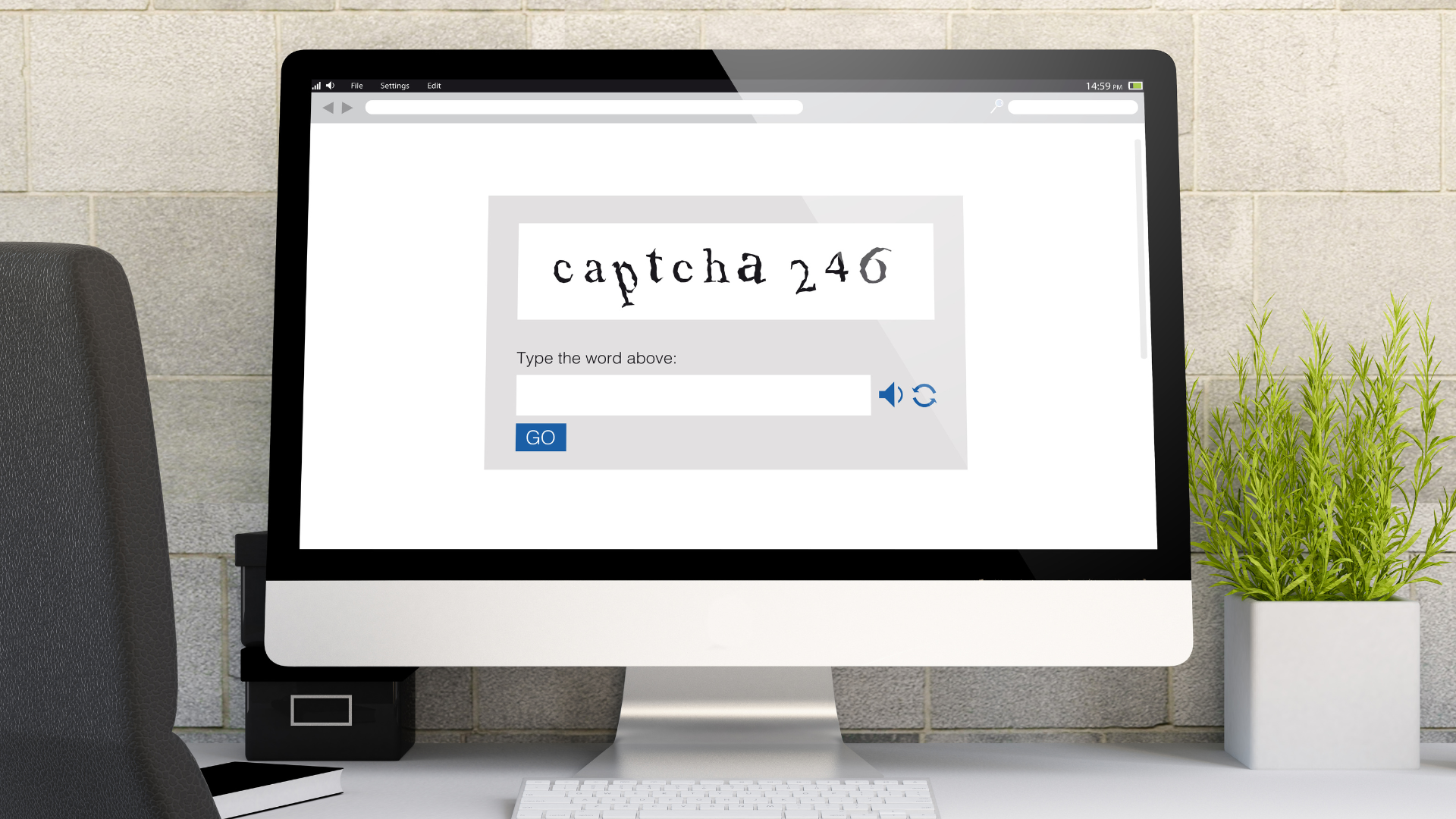KSL NewsRadio, KSL TV join push to find Great Salt Lake solutions
Mar 7, 2022, 12:55 PM | Updated: 12:59 pm

The Great Salt Lake as seen on Tuesday, Feb. 15, 2022. (Scott G. Winterton/Deseret News)
(Scott G. Winterton/Deseret News)
This article is published through the Great Salt Lake Collaborative, a solutions journalism initiative that partners news, education and media organizations to help inform people about the plight of the Great Salt Lake.
SALT LAKE CITY — Just months after the Great Salt Lake reached a new historic low point, KSL TV and KSL NewsRadio are joining a group of news, education and media organizations in a new collaboration aimed at helping both inform and engage the public about the crisis facing the largest inland saltwater lake in the Americas.
In 2021, the Great Salt Lake dropped to its lowest recorded level, 4,190.2 feet. Because it is a shallow lake, even small fluctuations in water levels greatly affect the lake’s size — and as a result, the surrounding ecology.
Want to help? Please consider taking our survey.
The not-so Great Salt Lake
You may remember our reporting on the “dust bowl” effect residents of Farmington and Kaysville reported experiencing last fall. We interviewed University of Utah Associate Professor of Atmospheric Sciences, Dr. Kevin Perry, who told us the exposed lake bed is a large contributor to that dust.
“There’s now more than 800 miles of lake bed that’s exposed,” Perry said in October.
He says roughly 10% of the area once underwater contributes to the dust problem, which will likely grow worse as the lake remains low.
Perry told us a dwindling water level at the Great Salt Lake contributes to worsening air quality, but also toxicity.
“Relatively high concentrations of arsenic in the soil that has now been exposed by the receding lake,” Perry said.
According to Perry, low or moderate arsenic exposure poses only slight concern, but prolonged exposure over a period of years or decades would pose a much greater concern.
“The concentrations in the dust are high enough that if people were exposed to this for a long period of time, over 10 or 20 years, that could actually lead to an increase in the rates of lung cancer,” Perry said.
However, Perry told us he does not want to be an alarmist. He said studies are being conducted to determine how much of the potentially toxic dust we are coming into contact with.
Why the lake matters
Of course, Utahns don’t drink water from the Great Salt Lake. But the health of the saltwater lake still impacts Utah residents — and all of the birds, insects, and even brine shrimp that depend on the lake for survival.
More than 400 species of wildlife, from bacteria to waterfowl, call the Great Salt Lake home.
The lake also potentially impacts snow, so while we don’t drink water from the body, it still potentially impacts our drinking water supply.
Dust, mentioned above, in addition to potentially releasing toxic metals into the air, settles on snow and changes its reflectivity, according to Perry. Effectively, it makes the snow darker.
“When you make snow darker, it actually melts faster,” he told us last fall.
How the lake effect plays into snowpack
Faster melting snow can lead to challenges later in the season, in terms of storage and water runoff. It can even mean less water makes its way back to the Great Salt Lake — which then reduces how much lake effect snow our reservoirs collect.
Those reasons, among others, led state lawmakers to address the Great Salt Lake during the just-ended 2022 legislative session. They unanimously voted to provide $40 million toward watershed enhancements there.
They are also good reasons why so many Utah-based news, education and media organizations joined forces to create the Great Salt Lake Collaborative.
The Great Salt Lake Collaborative
Funded through a grant from the Knight Foundation via the Solutions Journalism Network’s Local Media Project, 18 different organizations, some of them in competition with each other, will come together instead to provide coverage that explores not just the problem, but also potential solutions.
We will answer the question: During a time of drought, climate change and major population growth, how can Utah better support a critical body of water?
Those answers will come through rigorous journalism, innovative storytelling and unique community outreach that focuses on how agencies and people are responding to the challenges facing the lake.
Over the next year, you can expect all of the 18 organizations that make up the collaboration to produce stories and projects that educate all Utahns, across all of our political, economic, cultural and demographic faultlines.
We think this is far too important an issue to cover alone. Together, we can do better journalism and reach new audiences on a topic with far-reaching implications that affects every Utahn’s quality of life.
What comes next
Look for stories from KSL and all of our partners that:
- Reveal and investigate both the challenges of returning water to the Great Salt Lake and as well as credible responses to those challenges.
- Analyze what changes can be made related to water policy and water conservation.
- Detail what has worked in other Western states and around the world.
- Identify which Utah cities, water conservancy districts or businesses are already leading the way
It won’t just be journalists leading the way. Just as important, you’ll find researchers, librarians, writers and educators joining the effort to find solutions.
We hope to reach beyond our individual newsrooms and elevate the issue. In the months ahead, you’ll hear more about events in our communities and even out on the lake itself.
We also hope to develop new audiences, especially young people, through the media that speaks to them, whether that’s podcasts or games or whatever the next big TikTok challenge is.
To all of those ends, we would love your help. Please consider taking this survey.
Why Solutions Journalism?
Journalists see themselves as doing important work to identify problems in the world we live in. But a lot of times that approach means we identify problems without providing solutions or responses.
Solutions Journalism provides a lens for us to tell the whole story. In this case, we can ask questions like: What steps have worked in other places to save water? Would those same steps work here? Why or why not? What hasn’t worked in other places? What lessons can we learn from those attempts?
Done right, the Great Salt Lake Collaborative will help the Wasatch Front tackle water policy issues. And readers, viewers and listeners will find these stories more engaging, relevant and trustworthy.
Again, our funding comes through a grant from the Knight Foundation, via Solutions Journalism Network’s Local Media Project. Its goal is to strengthen and reinvigorate local media ecosystems.
Our members (listed alphabetically):
- Amplify Utah
- Deseret News
- Fox13
- Great Salt Lake Institute at Westminster College
- KCPW
- KRCL
- KSL.com
- KSL NewsRadio
- KSL TV
- KUER
- Salt Lake City Public Library
- Salt Lake Community College Community Writing Center
- Salt Lake Tribune
- Standard-Examiner
- The West View
- Utah Film Center
- Utah Public Radio
- Utah State University researcher













